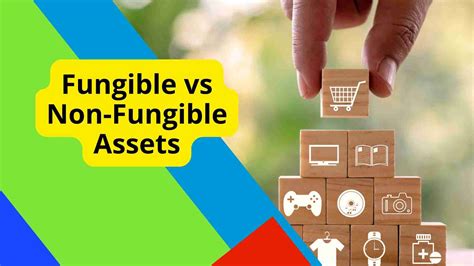The Rise of Cryptocurrencies, LPs, and ICOs: Understanding Emerging Markets

In recent years, the world of cryptocurrency has seen a surge in activity, with millions of new users entering the market every day. This growth has been fueled by the creation of a variety of platforms that cater to different needs and use cases. In this article, we’ll dive into three key cryptocurrency-related terms: leveraged pairs (LPs), initial coin offerings (ICOs), and non-fungible assets (NFTs).
Leveraged Pairs (LPs) – A Decentralized Trading Platform
Leveraged Pairs, also known as LPs, are a type of cryptocurrency trading platform that allows users to bet on the price movements of other cryptocurrencies. The concept was first introduced by Robinhood, a popular mobile investing app that launched its decentralized trading platform in 2017.
LPs use complex mathematical algorithms to generate derivatives, such as options and futures, based on market data. By using these derivatives, LP users can profit from changes in cryptocurrency prices without directly owning the underlying assets. This approach has attracted institutional investors and individuals looking for high-risk, high-reward trading opportunities.
Initial Coin Offerings (ICOs) – A New Era in Cryptocurrency Creation
An Initial Coin Offering is a blockchain-based fundraising mechanism where a new cryptocurrency project raises funds from investors in exchange for their tokens. The concept was first introduced by an Ethereum developer who created an ICO to raise funds for his own project.
Nowadays, ICOs have become a popular way to launch new cryptocurrency projects and gain traction in the market. These projects often focus on solving real-world problems or creating innovative products and services that meet specific needs of the global community.
ICOs typically follow a standard structure:
- Pre-sale: Investors purchase tokens before the official ICO, usually at a discounted price.
- Official Sale: The project launches its ICO, where investors can purchase tokens at the market price.
- Token Distribution: The project distributes its tokens to investors and users in a specific order.
Non-Fungible Assets (NFTs) – A New Category of Digital Property
A non-fungible token is a unique digital asset that represents ownership or provenance of a single item, such as art, collectibles, or one-of-a-kind items. NFTs were first introduced by Ethereum blockchain creator Vitalik Buterin, who launched the OpenSea marketplace in 2016.
NFTs have since become a popular way to buy, sell, and trade unique digital assets across platforms. They can be created using specialized software and can have various properties, such as:
- Ownership: The ability to prove ownership of the NFT.
- Provenance: A record of the history and provenance of the NFT.
- Authenticity: Verification of the authenticity of an item.
Benefits of NFTs include:
- Unique Identity: Each NFT is unique, making it difficult for counterfeiters to create identical items.
- Transparency: Ownership and provenance of NFTs can be publicly recorded through blockchain technology.
- Value: NFTs have inherent value due to their scarcity and uniqueness.
Conclusion
The world of cryptocurrency continues to evolve rapidly, with new platforms and use cases emerging regularly. Leveraged Pairs (LPs), Initial Coin Offerings (ICOs), and Non-Fungible Assets (NFTs) are just a few examples of exciting developments in this space.
As more investors become familiar with these concepts, we can expect to see increased adoption and mainstream acceptance of cryptocurrency and blockchain technology. Whether you are an early adopter or a risk-averse investor, it is essential that you stay informed about these emerging markets and their potential applications.
